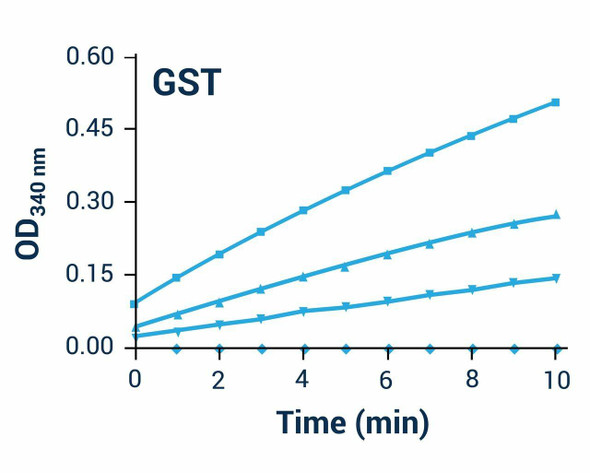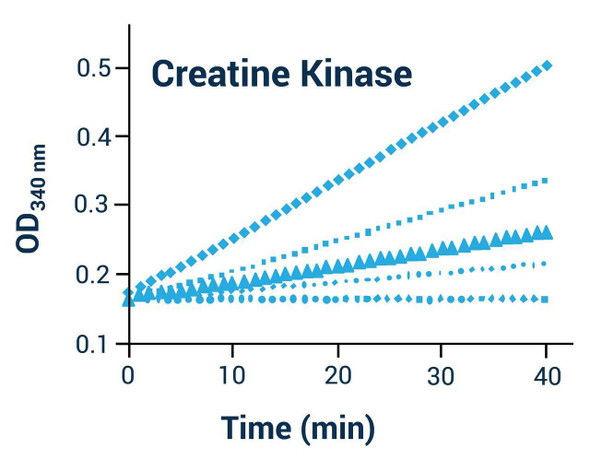Arginase Activity Assay Kit (Colorimetric) (BA0016)
- SKU:
- BA0016
- Product Type:
- Assay
- Detection Method:
- Colorimetric
- Instrument:
- Microplate Reader
- Sample Type:
- Enzyme Preparations, Serum, Plasma, Tissue Culture
- Research Area:
- Urea
- Plant & Environmental Stress
- Enzyme Activity
- Clinical Chemistry
Frequently bought together:
Description
Arginase Activity Assay Kit - Information
Assay Genie's arginase assay kit provides a sensitive and convenient method for arginase activity determination. The method utilizes a chromogen that forms a colored complex specifically with urea produced in the arginase reaction. The intensity of the color is directly proportional to the arginase activity in the sample.Applications
For quantitative determination of arginase activity and screen for its inhibitors.Arginase Activity Assay Kit - Key Features
- Sensitive and accurate. Detection limit: 0.3 U/L for 2 hr arginase reaction in 96-well assay format.
- Simple and high-throughput. The procedure involves incubation of the provided substrate with the sample in a microplate followed by the addition of the coloring reagent. Can be readily automated as a high-throughput assay for thousands of samples per day.
Arginase Activity Assay Kit - Data Sheet | |
| Kit Includes | Arginine Buffer (pH 9.5): 1.5 mL Mn Solution: 300 uL Reagent A: 12 mL Reagent B: 12 mL Urea standard (50 mg/dL): 0.5 mL |
| Kit Requires | Pipetting devices and accessories, clear bottom 96-well plates, plate reader and, for plasma and serum, Amicon Ultra- 0.5, Ultracel-10 Membrane. |
| Method of Detection | OD430nm |
| Detection Limit | 1 U/L (0.3 U/L for 2 hr reaction) |
| Samples | Enzyme preparations, serum, plasma, tissue culture etc |
| Species | All |
| Protocol Length | 2 hrs |
| Size | 100 tests |
| Storage | . Store the Arginine Buffer and Urea Standard at -20°C, and other components at 2-8°C. |
| Shelf Life | 12 months |












